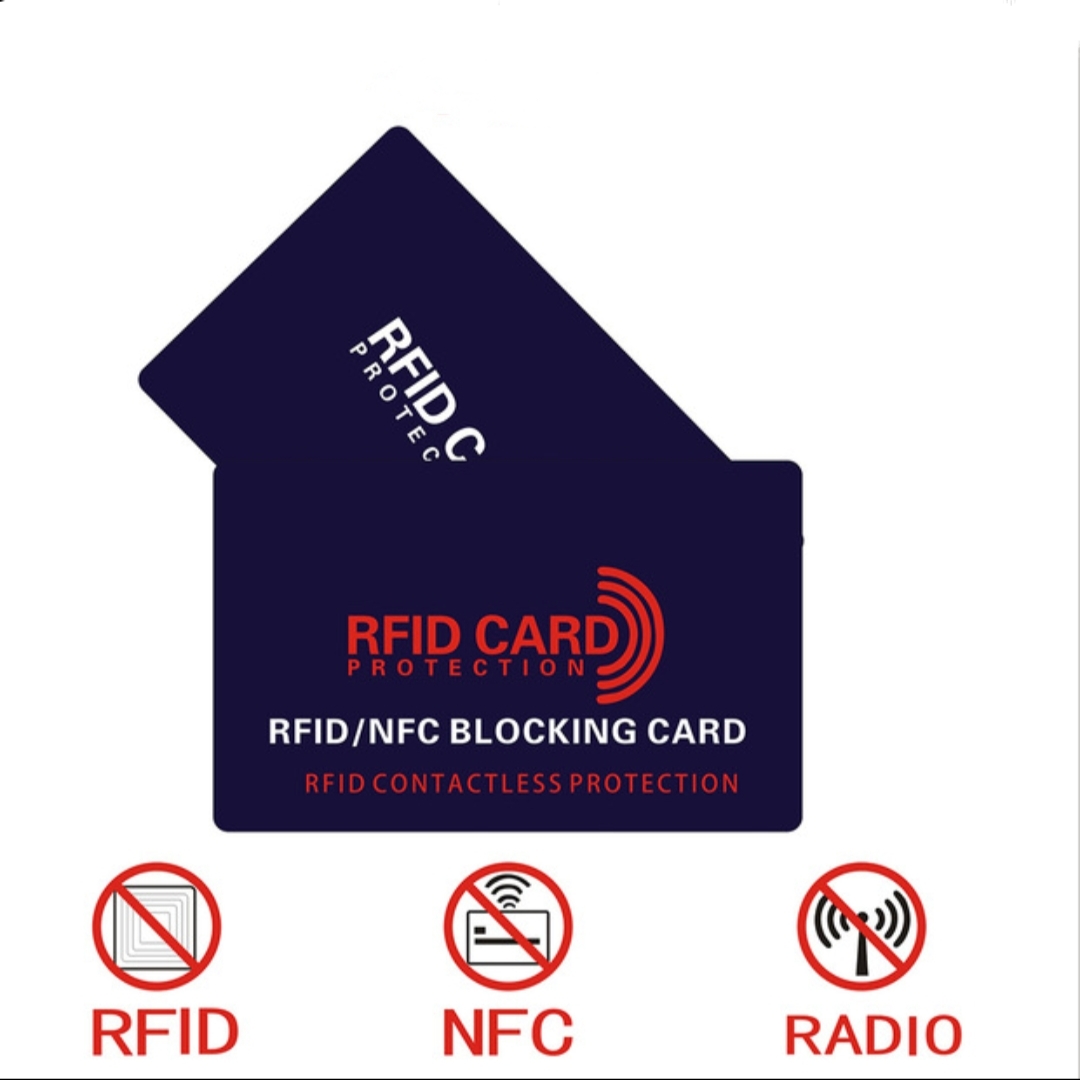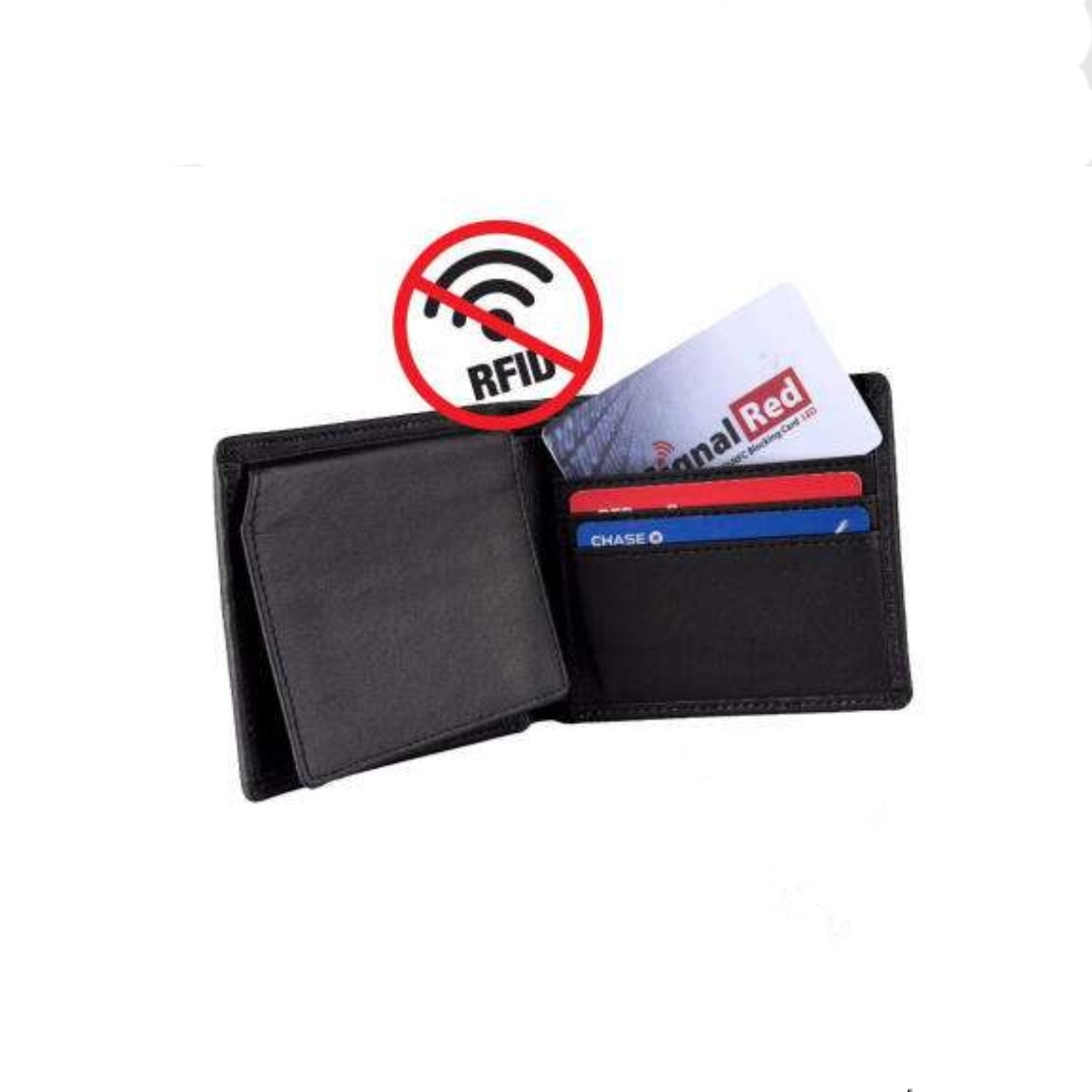What are RFID blocking cards and how are they used?

Radio Frequency Identification (RFID) is a wireless communication technology that can identify specific targets and read and write related data through radio signals without the need for mechanical or optical contact between the identification system and specific targets. Radio signals transmit data from a tag attached to an item through an electromagnetic field tuned to a radio frequency to automatically identify and track the item. For example, an RFID chip in a credit card contains the information needed to authorize a transaction, and an RFID chip in an access card has a code to open a door or restricted system. However, conductive metal can reflect, absorb, and offset electromagnetic waves, so the card holder (or sometimes the entire wallet) of the RFID shielding wallet borrows this principle.

How to use:
RFID chips work by using radio waves to communicate. Taking a credit card as an example, an RFID tag with information is embedded inside the credit card, and banks or consumer places only need to use an RFID reader to read the information on the tag through radio waves. The key is that the RFID chip has tiny electromagnetic waves, which allow it to be read without "activating" the communication, so the RFID reader only needs to be close enough to read the cardholder's identity information.
Fortunately, radio waves are also easy to block, which is how RFID blocking cards work. Just put a chip card with a jamming signal in the wallet, the chip can effectively prevent the signal from propagating, it can block all electromagnetic waves, thereby preventing the communication between the bank card and the RFID reader.
